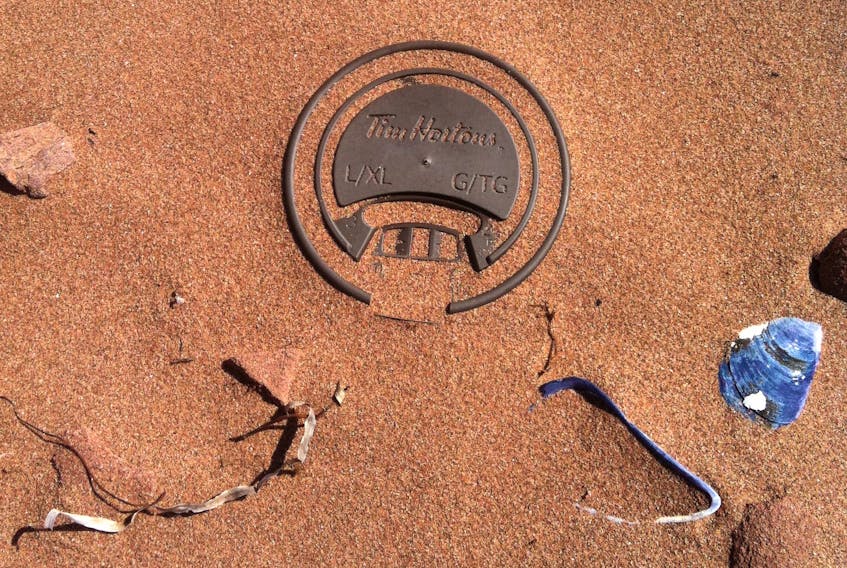It’s almost to the edge of spring now, so let’s play a game.
An easy game – an outdoor game.
All ages welcome.
Go to the beach. Bundle up, because it’s likely going to be cold, with the wind off the water the way it often is in spring.
Any beach in the Atlantic region. You could go to the foot of Newfoundland’s Avalon Peninsula, to a great wind beach of windswept cobble: small round stones, the perfect size and smoothness to become a worry-stone in a front pants pocket. The humpbacks come there once the caplin come in to spawn, and it’s open ocean, so the waves are almost always impressive.
Or the sand beach just past the turnoff to Jacques Cartier Provincial Park on the western side of Prince Edward Island, headed for Tignish. It’s a small beach, and you pop out of the close-in trees on both sides of the road to find it: fine rusty sand, long middens of empty mussel and other shells. But don’t cross Route 12 to poke around in the collapsing barn. It’s private property, marked “No Trespassing.”
In Nova Scotia, how about the beach at Bayswater, the long crescent of sand that’s planed flat by the waves – until summer, and all the people, come to make sand castles and wave-flooded moats and walk in the shallow slapping waves.
But back to the game.
Go to any of those places — go to any beach at all, large or small, sandy or stony — and look around. Count how many steps it takes to find your first piece of plastic trash. Maybe it’s a coffee cup lid. Maybe it’s the twist-off top to a bottle of water. Maybe it’s that water bottle itself.
Then, how many steps is it to the next piece of discarded waste: the ragged edge of a half-buried plastic bag. The sole of a long-discard shoe. A shiny plastic chip bag.
And count.
Our oceans are overrun with plastic. Birds and marine life are eating it and dying as a result, yet every passing year, there’s more. Millions upon millions of pieces of it, being broken down by wave action and sunlight into smaller pieces that easier for even-smaller marine life to eat, but just as difficult for them to get rid of.
In the time it takes to read this editorial, at almost any of those beaches, you’d be hard pressed not to find 20 or more pieces of plastic trash.
But the game isn’t about how many pieces you see.
Forget about how many pieces of plastic you saw: how many pieces of trash did you pick up for proper disposal? Or how have you reduced the plastic trash you produced?
Do you count yourself as just another indifferent part of the problem, or will you at least try to be part of the solution?








